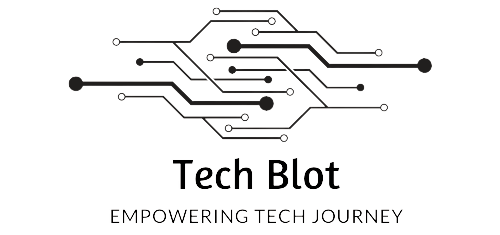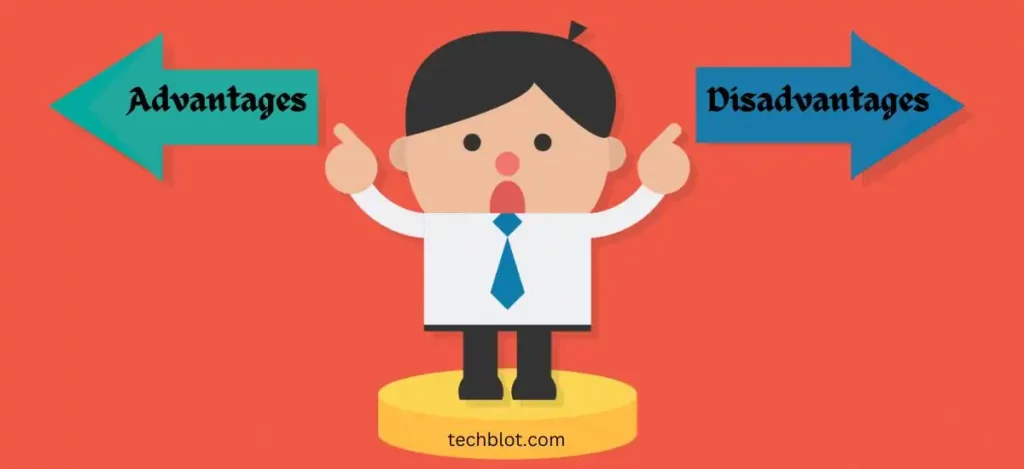In the digital era, animated GIFs have emerged as a popular and versatile medium for communication and content creation. These animations are created by compiling a series of images or frames into a single file, resulting in a looping animation without sound.
While GIFs are widely embraced for their convenience and visual appeal, they also come with certain limitations. This article delves into the multifaceted world of animated GIFs, exploring their benefits and drawbacks in detail.
Here’s a Concise Overview Touching On The Advantages, Disadvantages, And Broader Aspects of GIFs:
Advantages of Animated GIFs
1. Simplicity in Creation
Creating animated GIFs is straightforward. With just a sequence of images, anyone can craft an animation using basic tools, making GIFs an accessible option for both amateurs and professionals.
2. Compact File Size
One of the most significant benefits of animated GIFs is their relatively small file size, especially when compared to video formats. This compactness helps maintain faster loading times and efficient data usage, enhancing user experience on websites and digital platforms.
3. No Special Software Required
Unlike flash animations, which may require specific plugins or software to view, GIFs can be easily viewed on any device and browser without additional requirements, making them universally accessible.
4. Professional Appearance
GIFs support transparent backgrounds, allowing them to blend seamlessly into website designs. This feature can elevate the aesthetic of a digital space, imparting a more professional look and feel.
5. Preservation of Quality
When compressed, GIFs retain much of their original quality, making them an efficient choice for web use where bandwidth and loading times are considerations.
6. Effective Communication
Animated GIFs are excellent at conveying messages, emotions, and actions, often more effectively than static images. They capture attention and can make content more engaging and memorable.
7. Universal Browser Compatibility
GIFs are supported by all major web browsers, ensuring that animations will display correctly for a wide audience without compatibility issues.
Disadvantages of Animated GIFs
1. Potential to Slow Down Webpages
Although individual GIFs are small in size, using multiple animations on a single webpage can significantly slow down its loading speed, potentially affecting user experience and SEO rankings.
2. Lack of Editability
Once a GIF is created, it cannot be edited without starting from scratch. This limitation requires careful planning and execution to avoid mistakes in the final product.
3. Limited Color Palette
GIFs are restricted to a 256-color palette, which can result in a loss of detail and a blocky appearance in more complex images, making them less suitable for high-quality photographic content.
4. Dependence on High-Speed Internet
Despite their small size, GIFs can still experience loading delays on slow internet connections, which can be frustrating for users expecting instantaneous loading.
5. Accessibility Concerns
For users with certain disabilities, such as those prone to seizures, GIFs can pose accessibility challenges. Additionally, the lack of alternative text for GIFs can make content less accessible to visually impaired users.
6. Copyright Considerations
The widespread use of GIFs that contain copyrighted material without permission can lead to legal issues, emphasizing the need for careful consideration and respect for intellectual property rights.
Types of GIFs
GIFs come in various forms, each serving different purposes:
1. Reaction GIFs: Used to express emotions or reactions, often featuring popular movie scenes or meme-worthy content.
2. Cinematic GIFs: Short snippets from movies or TV shows that capture memorable moments.
3. Educational GIFs: Designed to explain concepts or processes in a simplified, visual format.
4. Animated Art GIFs: Creative artworks that use animation to bring visuals to life.
5. Meme GIFs: Humorous GIFs that are part of internet culture, often used for comedic relief.
In What Ways Might GIFs Be Used For?
GIFs have found their place in various domains, including:
1. Social Media: For engagement, entertainment, and reaction posts.
2. Marketing and Advertising: To grab attention and convey messages succinctly.
3. Education: As visual aids to explain complex concepts.
4. Personal Communication: To add personality and emotion to messages.
Benefits and Disadvantages of Using GIFs
Pros of Using GIFs
- Versatility: GIFs can convey a wide range of emotions and messages in a format that’s easy to consume.
- Engagement: They are more engaging than static images, leading to higher interaction rates.
- Simplicity: GIFs are easy to create and share, making them accessible to everyone.
- Compatibility: Supported across almost all platforms, they require no special software to view.
Cons of Using GIFs
- Quality Limitations: The 256-color limit can reduce the quality of detailed images.
- File Size: High-quality or lengthy GIFs can be large, affecting loading times and data usage.
- Accessibility Issues: They can be distracting and are not always accessible to users with certain disabilities.
- Intellectual Property Risks: Using copyrighted material without permission can lead to legal issues.
GIFs Almost Disappeared
In the early 2000s, GIFs saw a decline in popularity due to emerging web technologies and the rise of more sophisticated forms of digital media. However, their ability to convey emotions and reactions in a compact, easily shareable format led to a resurgence, particularly on social media platforms.
The Market for GIFs is Massive
Today, the market for GIFs is vast, with platforms like GIPHY and Tenor facilitating billions of GIF searches and shares daily. This resurgence highlights the enduring appeal of GIFs in digital communication, marketing, and beyond.
Conclusion
GIFs have evolved from a nearly obsolete format to a staple of digital communication, embodying the quick, expressive, and often humorous nature of online interactions. As technology advances, so too will the ways we create and share GIFs, ensuring their place in our digital lexicon for years to come.

